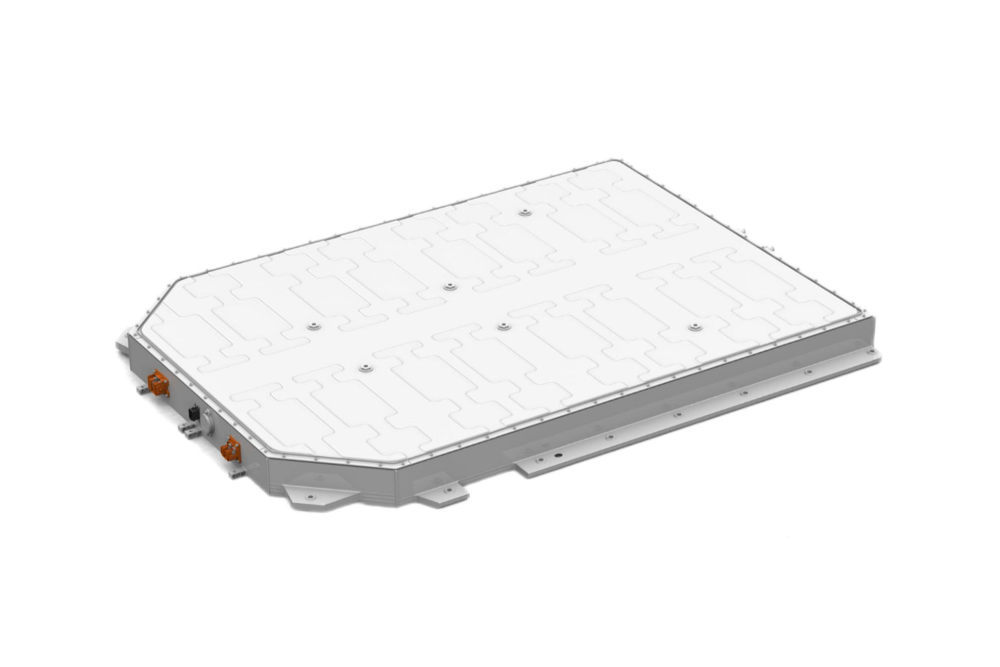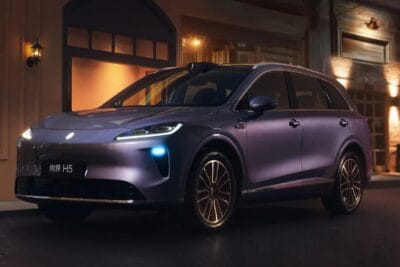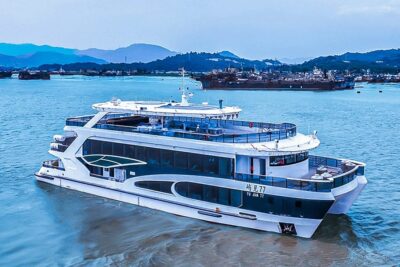Farasis Energy introduces 6C battery technology
To be exact, charging an EV from 10 to 80 per cent equipped with the Farasis battery system will take 8 minutes and 55 seconds, CN EV Post reports. Farsis allegedly optimised the design for lithium iron phosphate (LFP) and lithium ternary battery systems. However, the latter can ‘only’ charge at a rate of 5C.
The ‘C’ in the charging rate is an indicator of the ratio of battery size to charging capacity. At 1C, an 80 kWh battery can be charged with a maximum of 80 kW. There are already EVs with 5C batteries available in China, such as the Li Mega from Li Auto or the current version of the Zeekr 001. Both are equipped with CATL batteries that should theoretically charge up to 500 kilometres in twelve minutes. However, the maximum charging power of these batteries is only ever available for a short time.
But back to Farasis. The battery maker stated at a Forum in Shanghai that its SPS (super pouch solution) design improves battery heat dissipation. Or more specifically, the battery’s temperature will remain below 50 degrees Celsius during fast-charging, which increases charging efficiency and also helps prevent overheating.
The way Farisis achieve this is by improving the heat dissipation area. For 6C LFP batteries, the manufacturer was able to improve the heat dissipation area by up to 4.8 times, and for 5C ternary batteries by up to four times.
To develop the new batteries, Farasis Energy used the so-called ROM model (Reduced Order Modelling). Simulation processes that would otherwise take eight to ten hours can be carried out in just ten seconds – a crucial step in quickly evaluating variations in cell design without having to manufacture the cell as hardware.





0 Comments